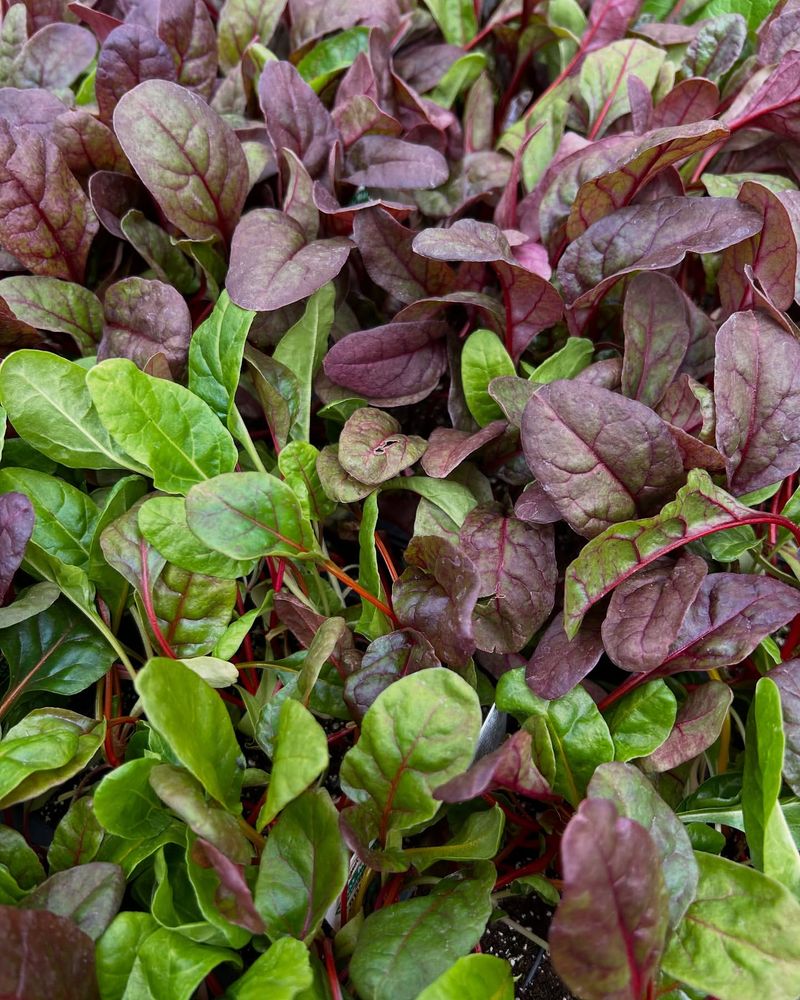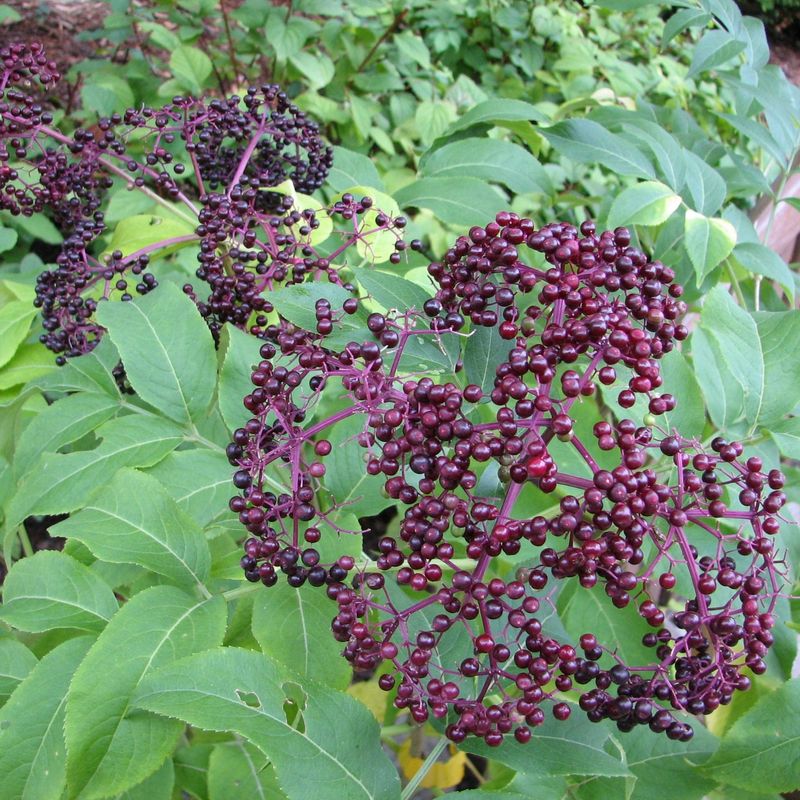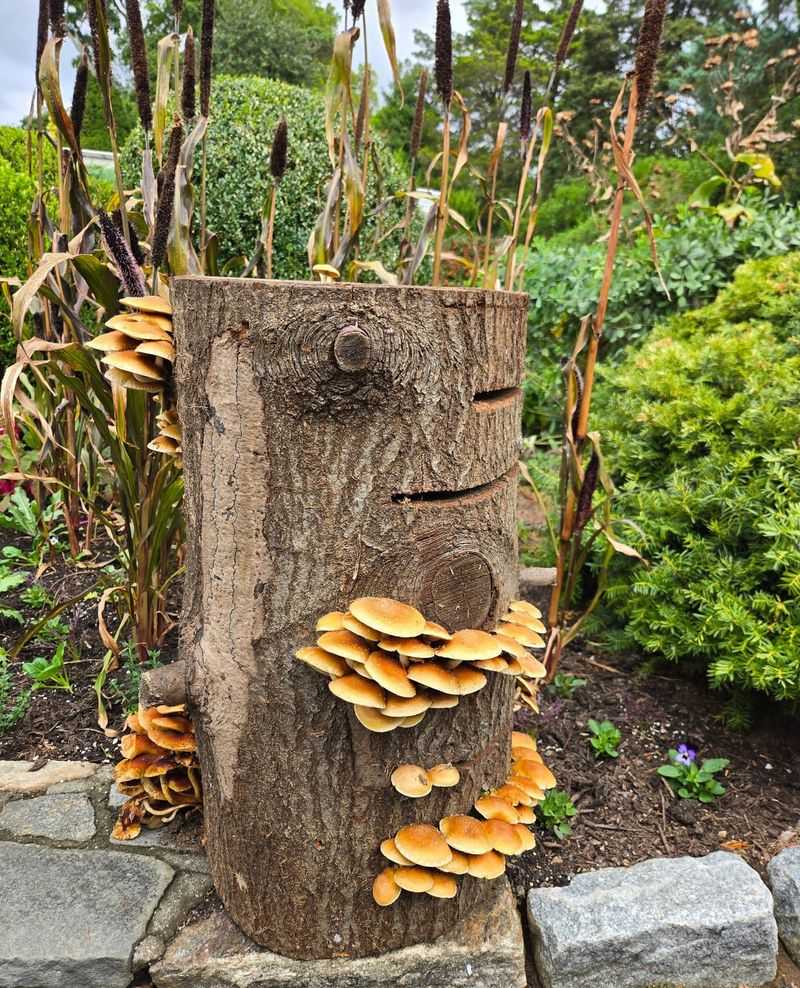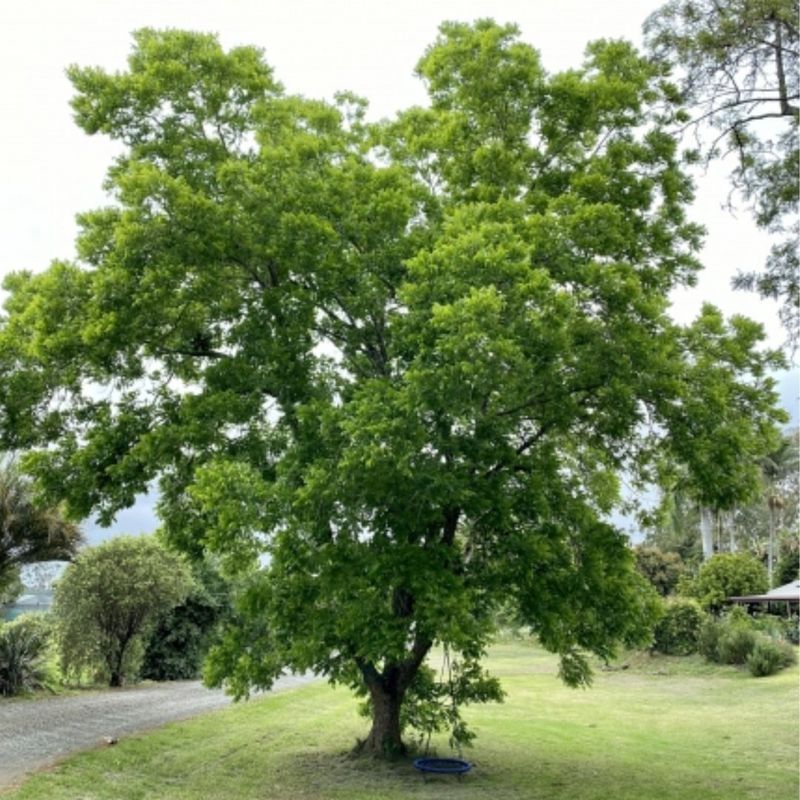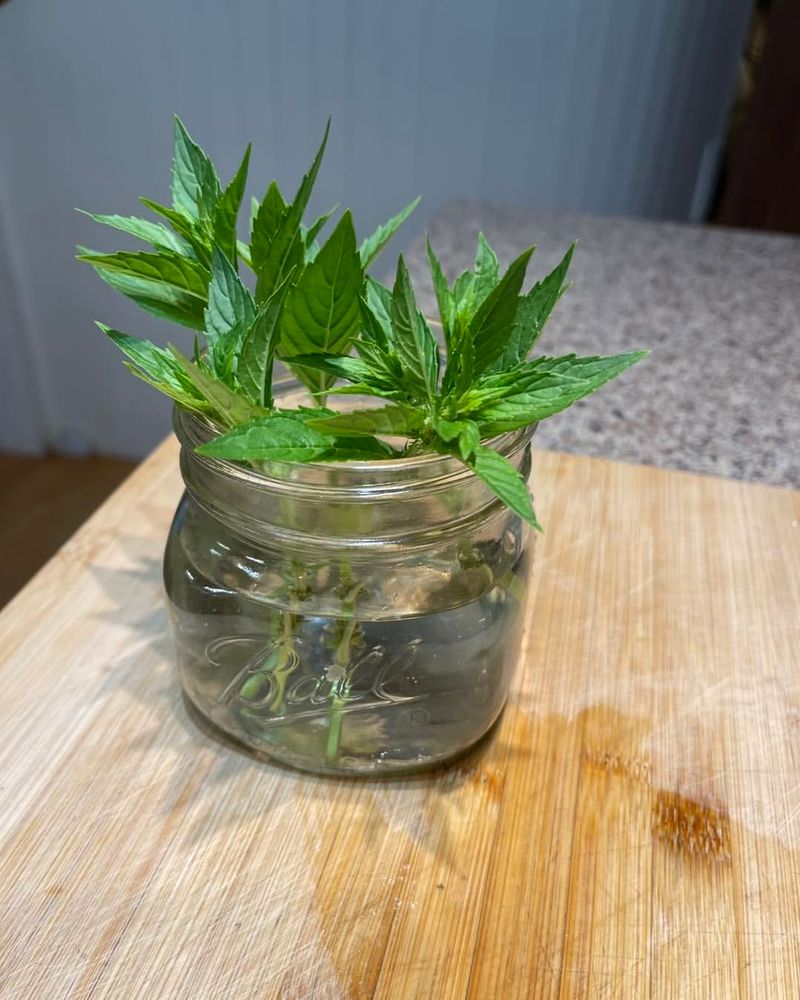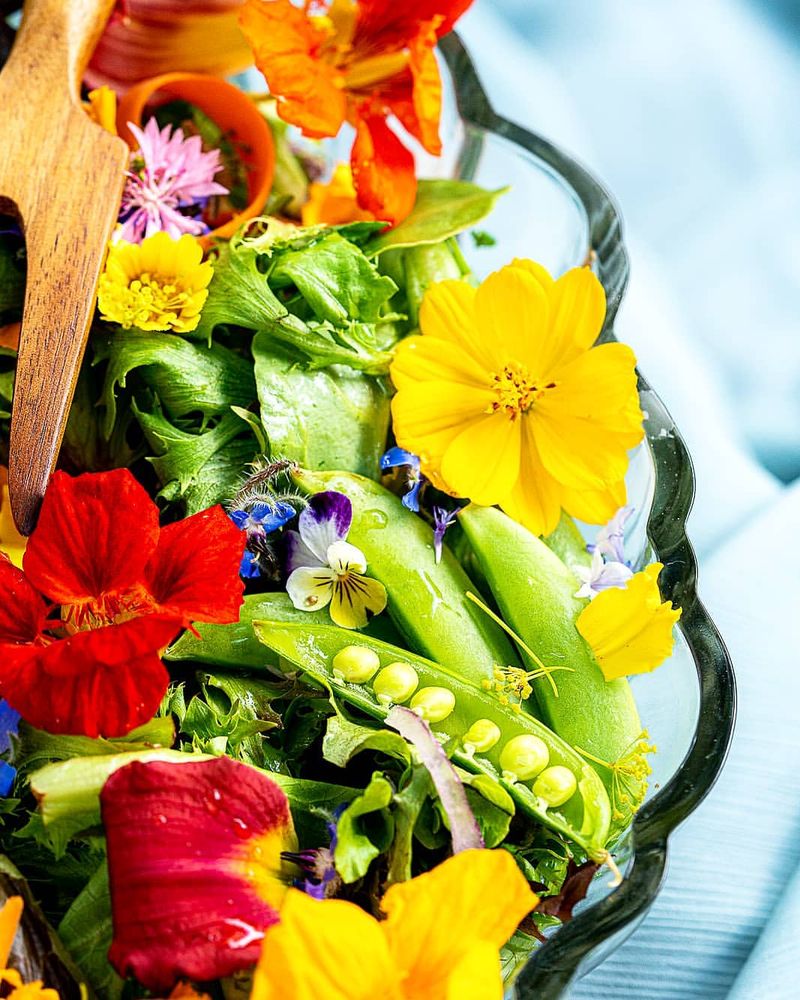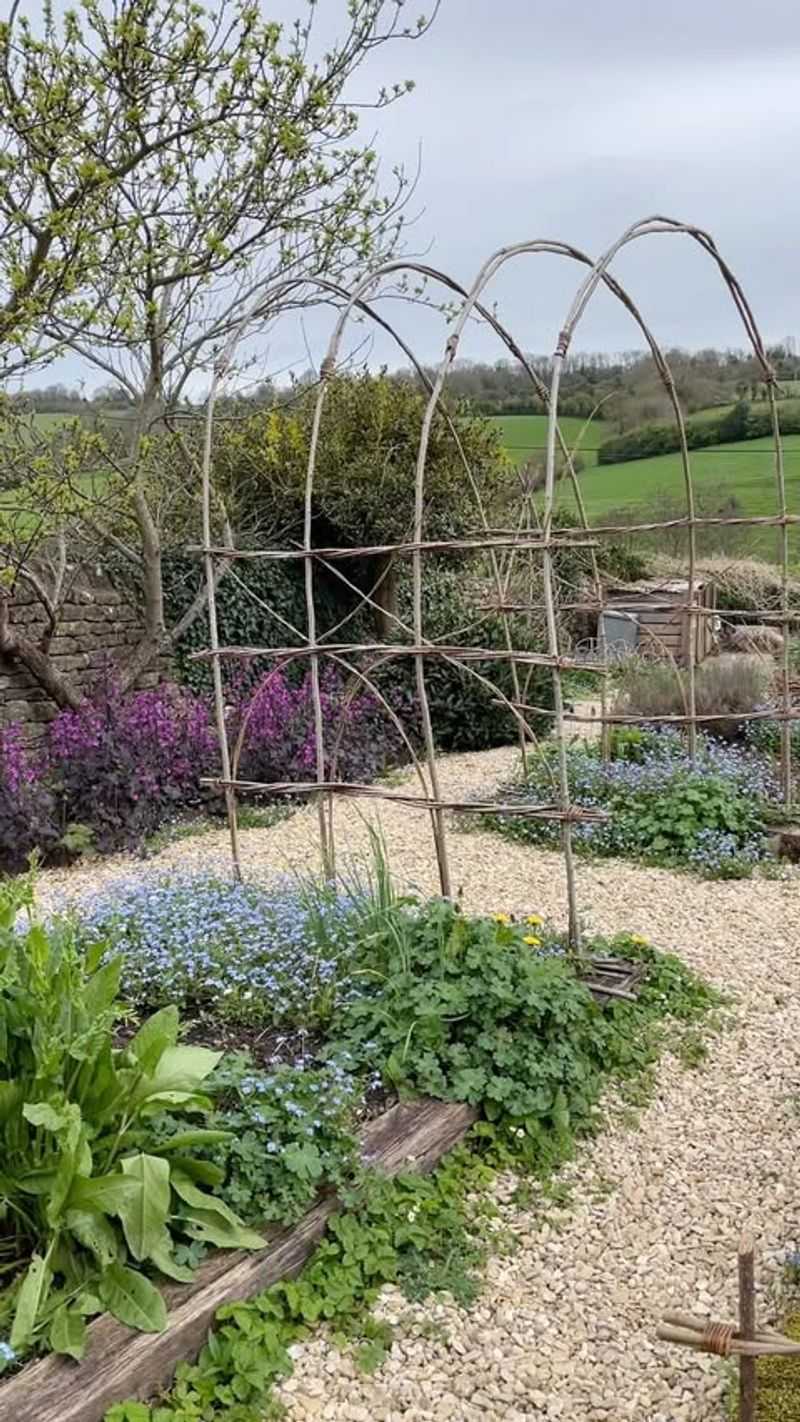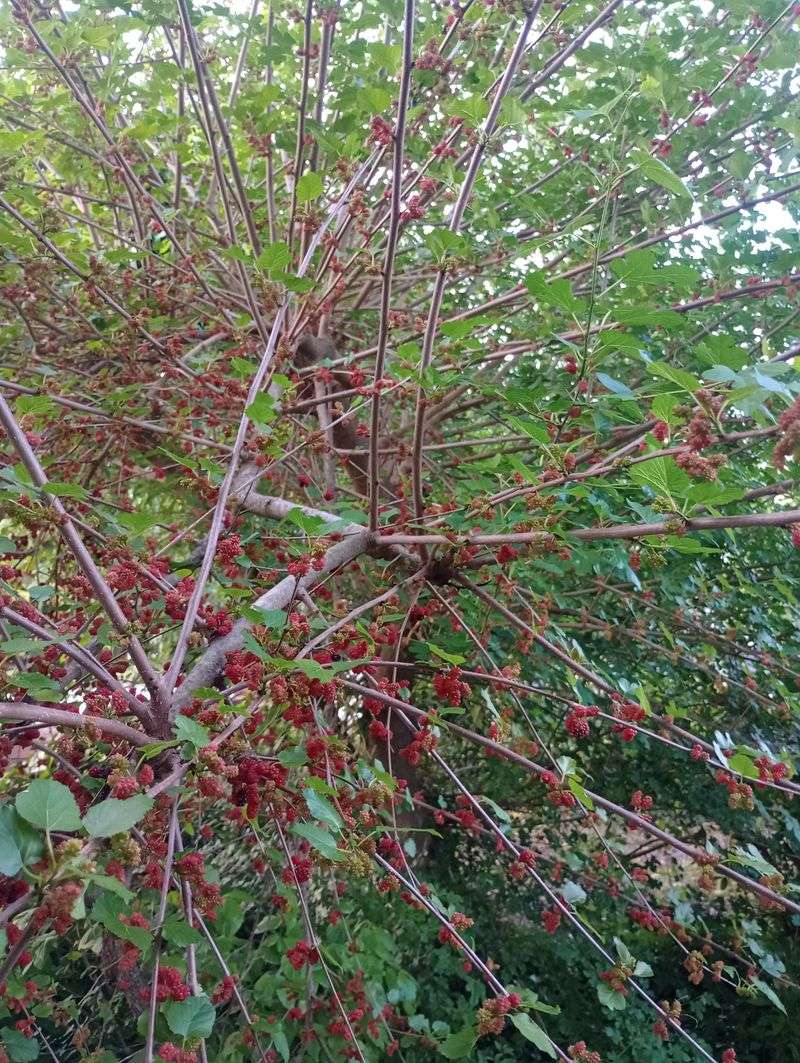Fall in Cleveland brings crisp air and colorful leaves, but it’s also a prime time for savvy gardeners to plant foraging gardens. These special gardens grow food you can gather and eat throughout the year.
Cleveland’s unique climate actually makes autumn perfect for certain plants that will produce tasty wild edibles in seasons to come.
1. Milder Working Conditions
Nobody enjoys sweating through summer heat while digging garden beds! Fall’s cooler temperatures make the physical work of preparing soil and planting much more comfortable for Cleveland gardeners.
The ground remains workable until the first hard freeze, usually arriving in late November. Many gardeners find they can accomplish twice as much garden work in autumn’s pleasant 50-60 degree days compared to summer’s muggy heat.
2. Extended Harvest From Winter Roots
Certain root vegetables planted in fall can be harvested throughout winter! Jerusalem artichokes, sunchokes, and parsnips actually improve in flavor after frost exposure.
Cleveland gardeners mark these plants with tall stakes before snow falls. On mild winter days, they can brush aside snow and dig fresh roots for dinner. The freezing and thawing process converts starches to sugars, creating naturally sweeter vegetables.
3. Early Spring Greens Advantage
Fall-planted greens like dandelion, chickweed, and miner’s lettuce emerge weeks before spring-planted varieties. Seeds germinate in fall, establish roots, then go dormant during winter.
These hardy plants spring to life at the first hint of warming soil. Cleveland foragers enjoy fresh salads in March and April while neighbors are still staring at empty garden beds. This early harvest helps fill the “hungry gap” when winter stores run low.
4. Native Berry Establishment
Cleveland’s climate perfectly suits native berries like elderberry, serviceberry, and black raspberry. Fall planting gives these perennials time to develop strong root systems before summer’s fruiting demands.
The plants enter winter dormancy naturally after planting. Come spring, they’ll leaf out with established roots ready to support fruit production. Many gardeners create berry patches along fence lines, creating edible boundaries that also attract beneficial birds.
5. Mushroom Log Preparation
Autumn brings perfect conditions for inoculating logs with edible mushroom spores. Cleveland’s fallen oak and maple trees provide perfect growing media for shiitake and oyster mushrooms.
The cooler, damper conditions help mycelium establish before winter. Gardeners drill holes in logs, insert spore plugs, then seal with wax. These logs begin producing delicious mushrooms the following spring and continue for years, creating a sustainable food source with minimal maintenance.
6. Nut Tree Investment
Visionary Cleveland gardeners plant nut trees in fall, knowing they’re creating food sources for decades to come. Hazelnuts, black walnuts, and hickories establish better when planted as temperatures drop.
Fall planting allows roots to develop before the stress of summer heat. While these trees take years to produce, they eventually yield hundreds of pounds of protein-rich nuts annually. Many community gardens now include nut tree sections specifically for future foraging.
7. Wild Herb Propagation
Many medicinal and culinary herbs thrive when sown in fall. Plants like echinacea, valerian, and wild mint actually require cold stratification – exposure to winter conditions – to properly germinate.
Cleveland’s freeze-thaw cycles naturally crack seed coatings. Gardeners simply scatter seeds in prepared beds and let nature do the work. By spring, they’ll have diverse herb patches ready for teas, seasonings, and natural remedies without the fuss of indoor seed starting.
8. Edible Flower Head Start
Cleveland gardeners gain months of growth by fall-planting edible flowers. Violets, calendula, and bee balm establish root systems during winter, ready to explode with growth in spring.
These flowers provide both beauty and food – petals for salads, teas, and garnishes. Fall planting results in larger, more robust plants that flower earlier than spring-planted counterparts. Many gardeners intersperse these edible bloomers throughout vegetable beds to attract pollinators.
9. Soil Improvement Through Cover Crops
Smart foragers plant edible cover crops like winter rye and Austrian winter peas in fall. These plants prevent erosion while fixing nitrogen in Cleveland’s clay-heavy soils.
Young shoots can be harvested as microgreens throughout winter. By spring, the remaining growth gets turned into the soil, improving structure and fertility. This dual-purpose approach means gardeners get both immediate food and better soil for next season’s main crops.
10. Climate Adaptation Planning
Forward-thinking Cleveland gardeners use fall to plant species adapted to changing climate conditions. Plants like pawpaw, persimmon, and southern pecans that once struggled in northern Ohio now thrive with longer growing seasons.
Fall planting gives these climate-adapted species time to establish before summer heat. Many gardeners create microclimate zones using south-facing walls and water features. This strategic planning ensures food production continues despite increasing weather unpredictability.




